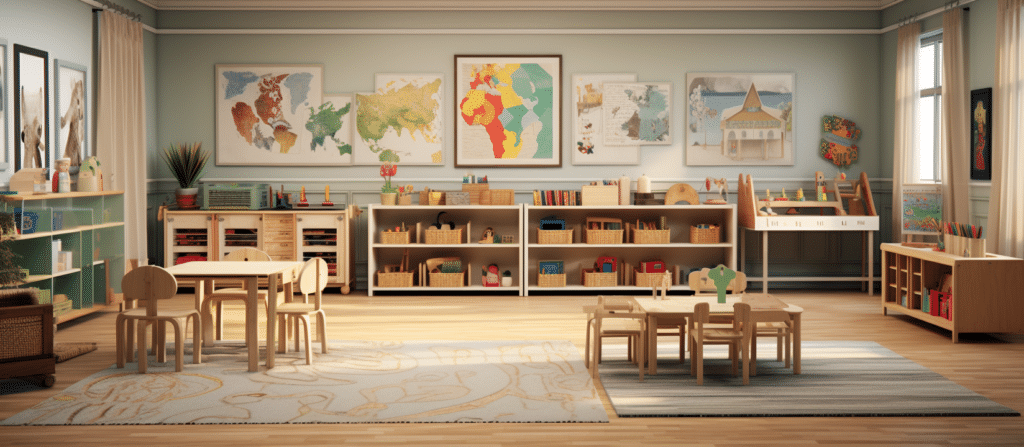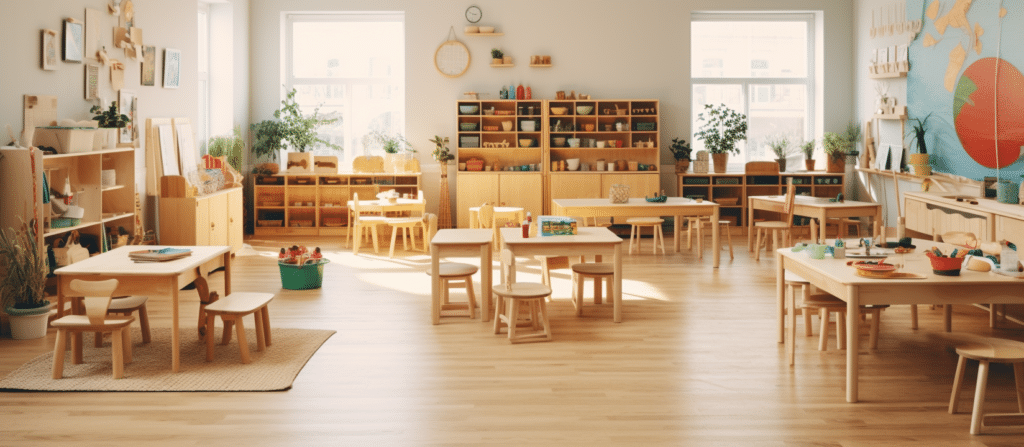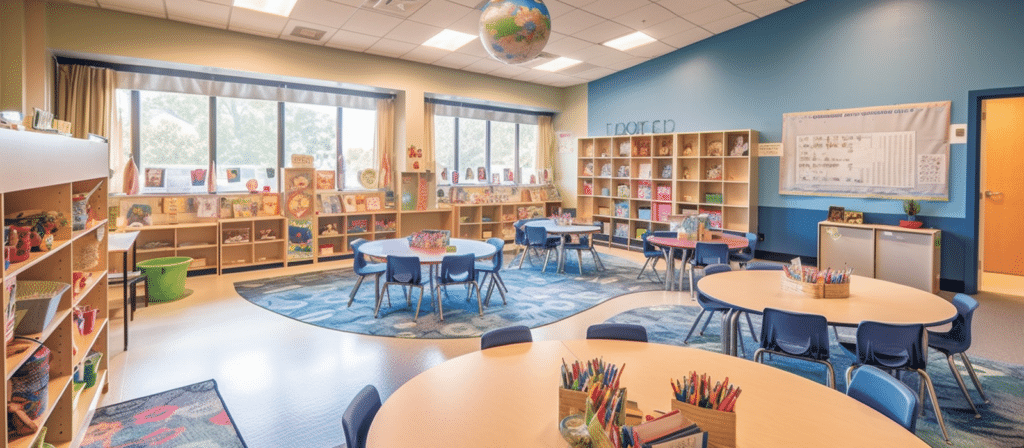Are you concerned about ensuring a secure and nurturing environment for the little ones in your daycare? Understanding the critical safety aspects of daycare furniture is essential. Let’s explore the vital considerations and guidelines that should be on every daycare provider’s radar when selecting furniture for young children.
Safety Guidelines for Daycare Furniture: What to Look For. When choosing daycare furniture, prioritize sturdy construction, rounded edges, non-toxic materials, and stable designs. Ensure proper spacing between pieces, age-appropriate sizes, and features that encourage safe exploration and play.
Why is safety important in daycare furniture?
Child safety should always be the top priority when it comes to daycare furniture. Children spend a significant amount of time in daycare centers, and they interact with various pieces of furniture throughout the day. It is essential to choose furniture that is designed with safety in mind to prevent accidents and injuries. By following safety guidelines, you can create a secure environment where children can learn, play, and thrive.

What are the safety guidelines for daycare furniture?
- Sturdy and Stable Construction: Choose furniture pieces that are sturdy and stable to withstand the active nature of children. Avoid furniture with wobbly legs or loose parts that could pose a tripping hazard.
- Non-Toxic Materials: Ensure that all furniture is made from non-toxic materials to eliminate the risk of exposure to harmful substances. Look for furniture labeled as “non-toxic” or “lead-free” to provide a safe environment for children.
- Rounded Corners and Edges: Select furniture with rounded corners and edges to minimize the risk of injuries caused by sharp edges. This is especially important for tables, chairs, and shelving units that children may come into contact with during their daily activities.
- Proper Height and Size: Ensure that furniture is appropriately sized for children to promote proper posture and comfort. Chairs and tables that are too tall or too small can lead to discomfort and potential injuries. It is crucial to choose furniture that is designed with children’s dimensions in mind.
- Secure Fasteners and Hardware: Check that all fasteners and hardware on furniture are secure and cannot be easily removed by children. Loose screws, bolts, or hinges can pose a choking hazard or cause accidents if children are able to disassemble the furniture.
- Fire Retardant Materials: Opt for furniture that is made from fire retardant materials to minimize the risk of fire hazards. Look for furniture that meets fire safety regulations and standards to ensure the utmost protection for children.
- Easy to Clean and Maintain: Select furniture that is easy to clean and maintain to promote a hygienic environment. Daycares can be breeding grounds for germs, so furniture that can be easily wiped down and disinfected is essential for the well-being of children.
- Proper Storage Solutions: Choose furniture with adequate storage solutions to keep the daycare center organized and clutter-free. Proper storage helps prevent accidents caused by tripping over misplaced items and allows for easy access to toys, books, and other materials.

How can you ensure compliance with safety guidelines?
- Research reputable suppliers: When purchasing daycare furniture, make sure to research and choose reputable suppliers who prioritize safety. Look for suppliers who comply with industry standards and regulations.
- Read product reviews: Before making a purchase, read product reviews from other daycare owners or professionals in the industry. Their experiences can provide valuable insights into the safety and durability of the furniture.
- Check for safety certifications: Look for furniture that has been tested and certified by independent safety organizations. Certifications such as ASTM F963 and CPSC compliance indicate that the furniture meets rigorous safety standards.
- Regular inspections and maintenance: Conduct regular inspections of the daycare furniture to identify any potential safety hazards. Replace or repair damaged furniture promptly to ensure the ongoing safety of the children.
Conclusion
Ensuring the safety of daycare furniture is paramount for creating a secure environment for children. By following these safety guidelines and partnering with reputable suppliers, you can provide a safe and nurturing space for children to learn and grow.
Remember, investing in safe daycare furniture not only protects the well-being of the children but also contributes to the overall success and reputation of your daycare center. Let’s create a safe and joyful environment together!













